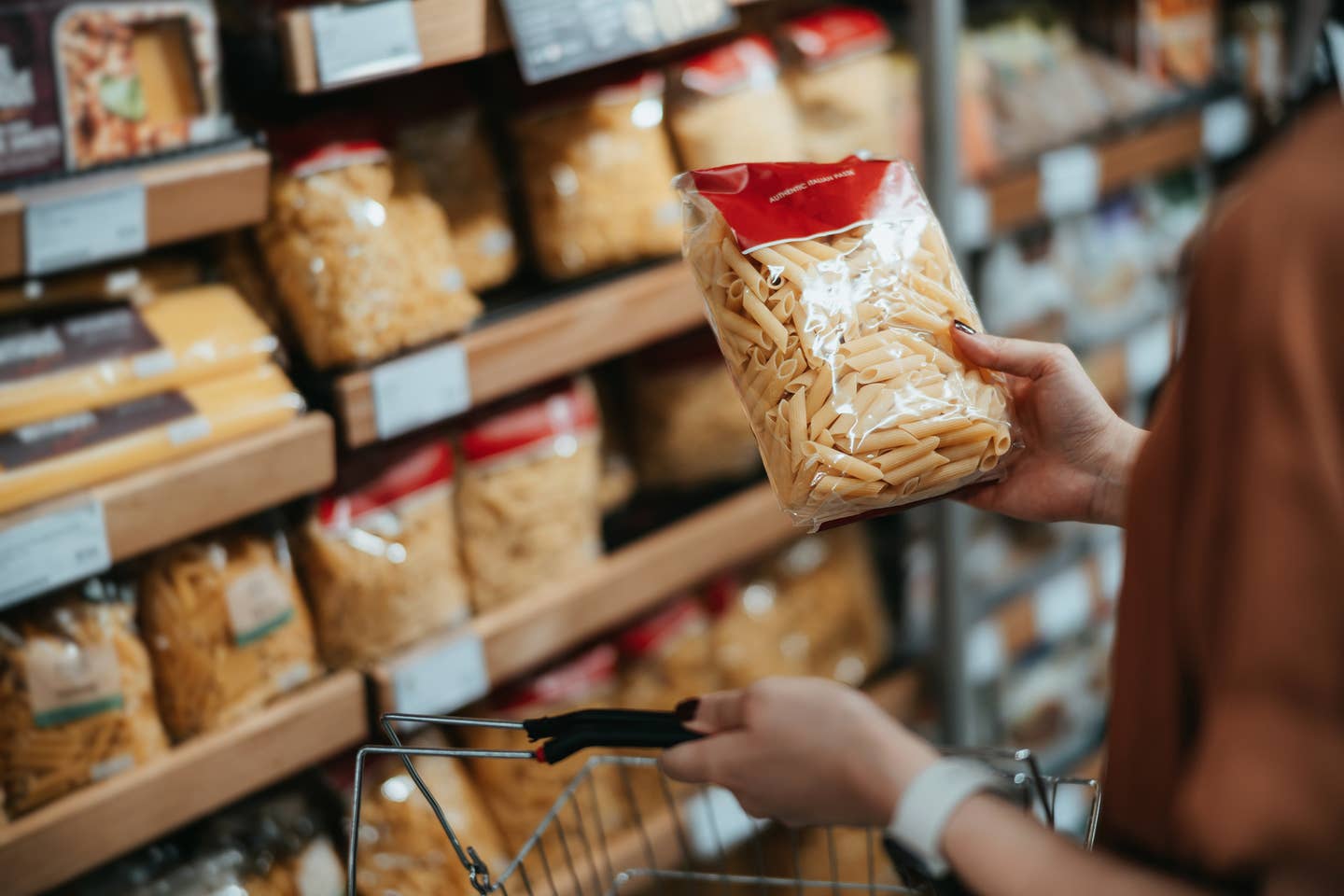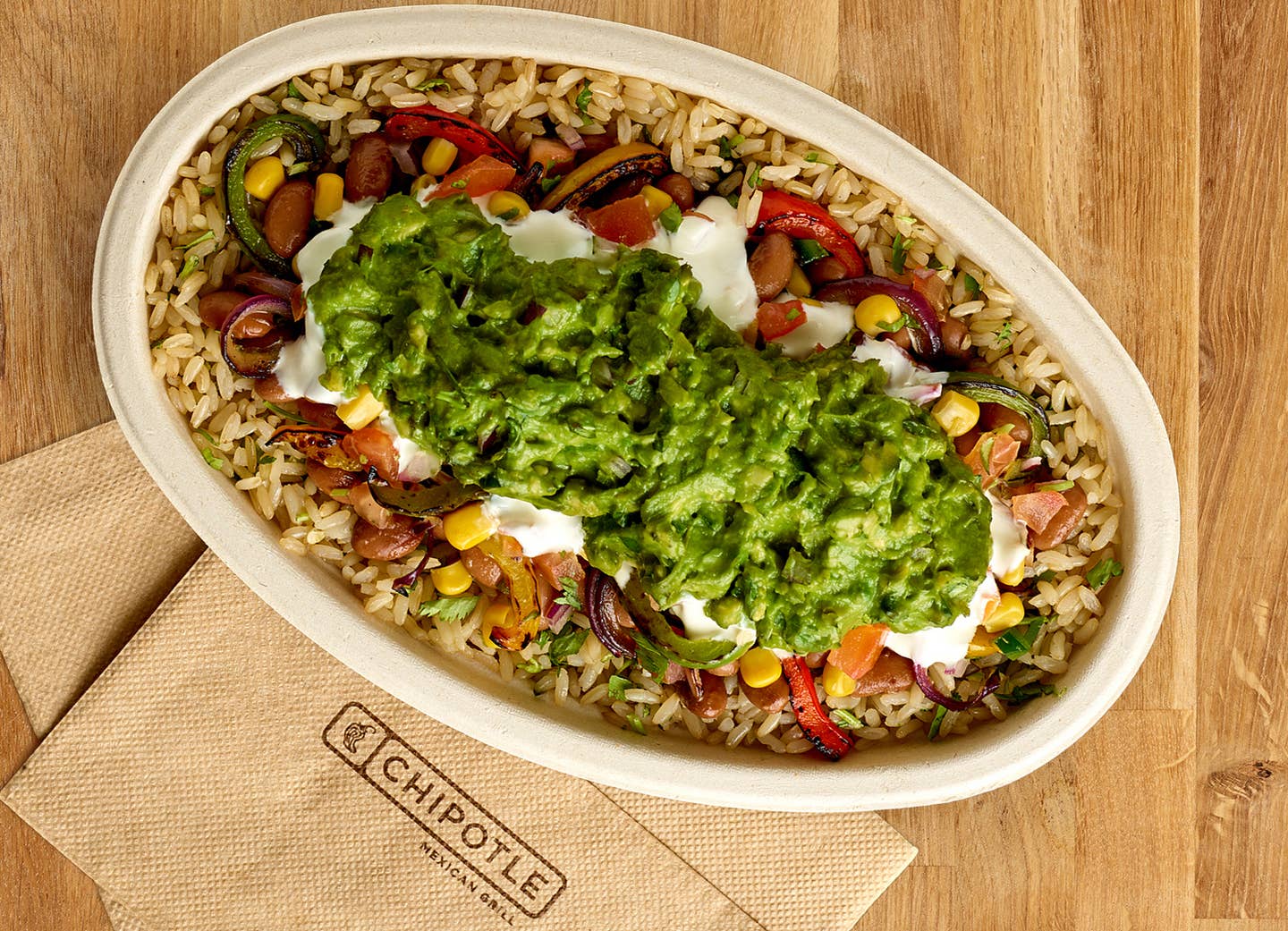
Top 10 Food Trends of 2023, According to Whole Foods Market Trend Report
When food trends happen, it's easy to say: No, not me. I'll stick to my Original Triscuits, even if they make one that's better for me and the planet. Even if you are a creature of habit, you still should care about food trends because eventually, you will bend to the winds of change.
When it comes to what you'll be eating and shopping for in 2023, the source of these trends is a new report from Whole Foods Market, created by the retailer’s Trends Council of food industry experts.
When Whole Foods Market releases its annual trend report, everyone takes notice, whether you're a recalcitrant shopper or a food industry insider. This report is the work of a trend-spotting team of in-house experts, including buyers, foragers, and trendspotters, based on consumer preferences and the company's work with food brands. According to the latest report, picked up in Food Business News (which if you don't read, you should because it is totally fascinating), the next big thing in food is these trends.
The Top Foods Trends for 2023
1. Plant-Based Foods Everywhere
2. Sustainable Foods and Practices
3. The Return of Popular Classics, Made Healthier
4. Emerging Ingredients like Yaupon, the caffeinated plant
5. Milk Nut Pulp Showing Up in Packaged Foods
6. Labels Touting Environmental Awareness, Animal welfare
7. Pasta Made from Plant-Based Ingredients
8. Dates Used as Natural Sweetener, Avocado Oil as Healthy Fat
9. Farmed Kelp As an Ingredient in Snacks
10. Pet Foods Made Healthier
“We’re thrilled to see things like baked goods with upcycled pulp from plant-based milks and ingredients like farmed kelp continue to gain popularity,” said Sonya Gafsi Oblisk, chief marketing officer for Whole Foods. “From product labels that include sustainability efforts ... many of this year’s trends predictions showcase brands on a mission to make a true impact. We anticipate seeing these trends in the food industry at large, on dinner tables, in lunch boxes, and on our store shelves.”
Nut milk byproducts, like almond pulp. The consumer love affair with nut milk is creating an abundance of nut pulp as a byproduct that is now finding its way into packaged foods, especially in baked goods and flours. As consumers drink more oat milk or almond milk, food makers are using the leftover pulp to create a variety of food products, such as alternative flours or mixes.
Sustainable practices in food creation is a top trend in 2023. Whole Foods said consumers' growing concerns over animal welfare, especially in the production of chicken and eggs have been growing. Consumers care about animal welfare and sustainability, two growing issues that drive the trend toward a flexitarian approach to food. Consumers want to support food manufacturers that prioritize environmentally conscious foods and talk about their environmentally conscious practices on the label. Consumers also care about animal welfare. Both issues will be more visible on labels.
Healthier Comfort Foods such as pasta. You've had hearts of palm in your pasta, but have you ever had pasta made from hearts of palm? That's the kind of new thinking going into healthier-for-your-veggie-made pasta. In the search for healthier classics and updated comfort food alternatives, consumers are seeking swaps like chickpea pasta and passing over traditional pasta for that made from legumes and other plant-based ingredients such as spaghetti squash pasta or even banana-based pasta.
Kelp is also having a moment, and products featuring kelp are among the trends to watch in 2023 and beyond. Kelp, like other seaweed such as sea moss and algae, is nutritious, and sustainable – and can be used in a variety of ways to make healthier crackers and more. If you don't eat fish, kelp is another way to get omega-3 fatty acids. Look for kelp noodles, kelp crackers, and kelp-flavored sauces.
Using Dates as Natural Sweeteners, Avocado Oil as Healthy Fat
Dates are showing up all over. That's because people still love sweet foods, but are now smart enough to know that simple sugar spikes blood sugar, while dates, high in fiber and complex carbs, offer that sweet taste without the insulin blast-off. Watch for dates in packaged foods and also syrups, pastes, and other sweet toppings.
Avocado Oil is taking off. Another ingredient that is having a moment is avocado oil both for use in at-home cooking and also as an ingredient in packaged foods as a replacement for other oils such as olive oil. Avocado oil is healthier due to its higher oleic fatty acid content.
Nostalgic Foods Made Healthier
Manufacturers also are reinventing classics in response to consumer demand for nostalgic foods of their childhood, including new spins on old favorites. Plant-based Lunchables is an example of this, or vegan Eggos, both of which are coming to shelves near you.
Whole Foods' Trend experts say consumers can expect to see more of these "old made better" products, as consumers prioritize health and wellness but want to serve up (to themselves and their own children) healthier versions of their childhood favorites.
Last but not least, pets are getting healthier foods too. Why leave out the fur baby of the family? Whole Foods sees a trend toward more nutritious animal food, made with real ingredients and less processed kibble. Higher-quality dog and cat food will be crowding the aisles for space, as pet parents have shown a willingness to pay more for their favorite family member.
For more plant-based happenings, visit The Beet's News articles.
More From The Beet






